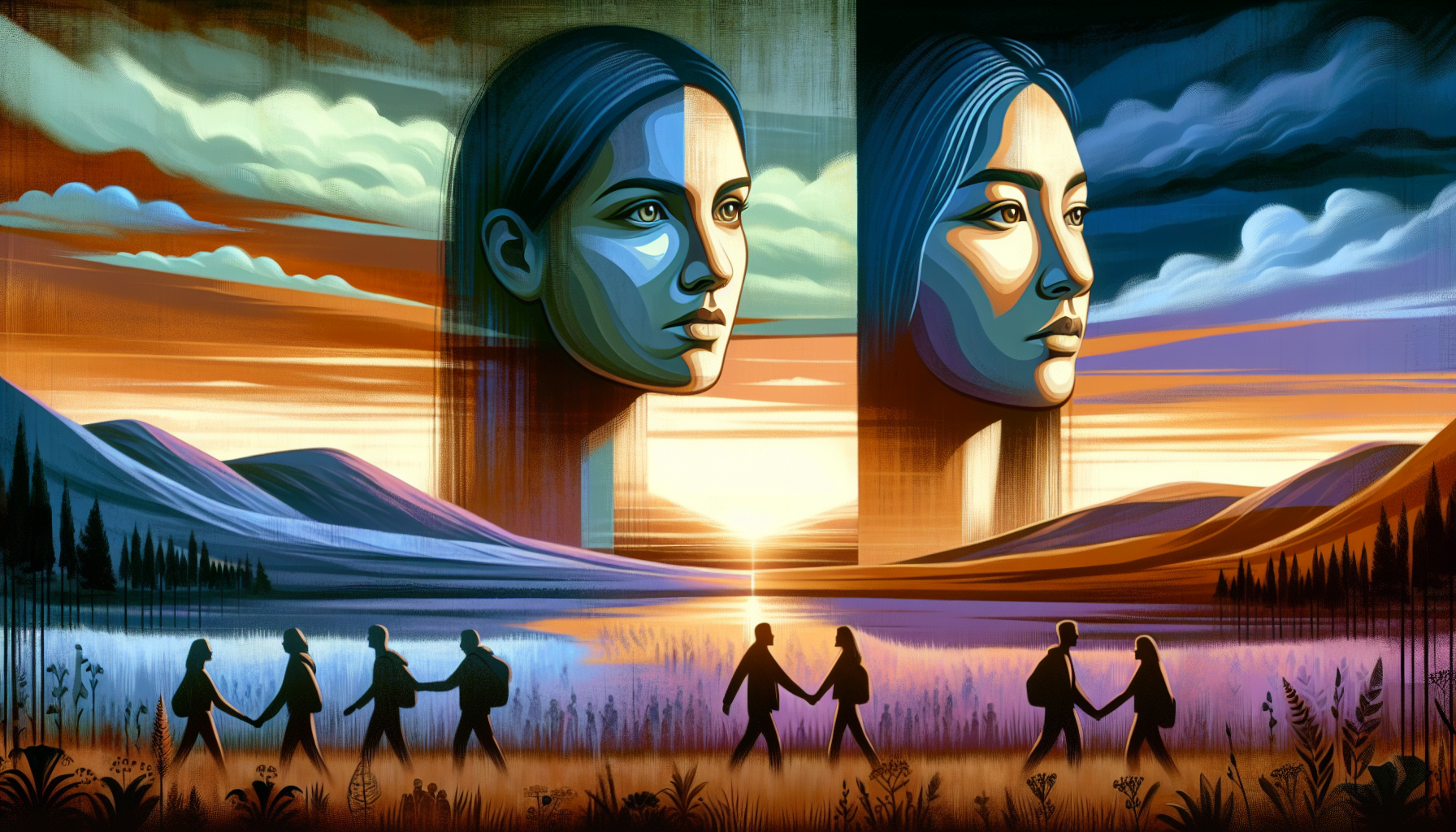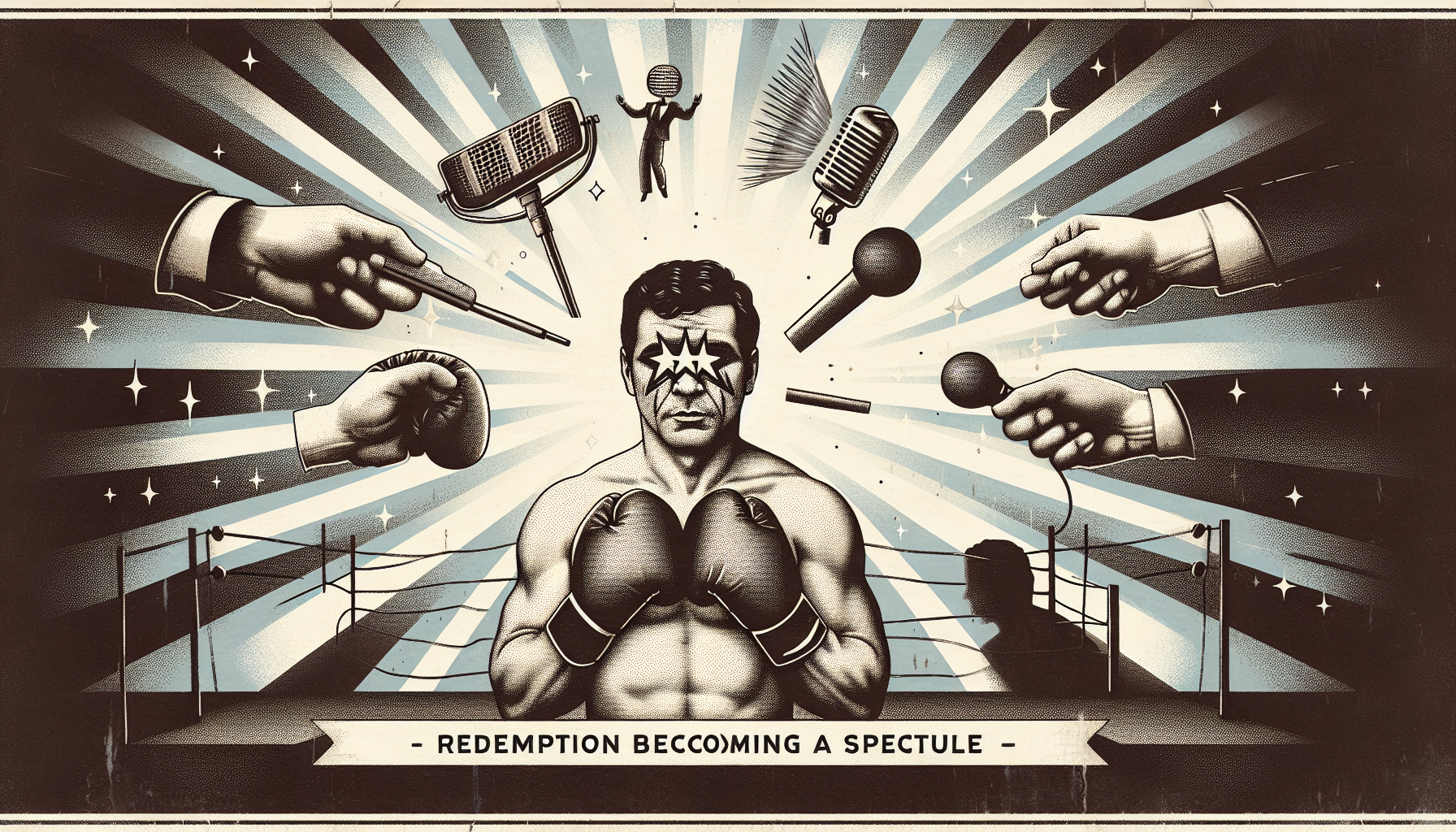Title: Beyond the Bench: What Scotland’s Gender Ruling Reveals About Who We Really Are
Dear readers—
Ask yourself, quietly and honestly: what does it mean to be a woman?
Now ask yourself again, knowing that the answer isn’t just personal anymore—it’s legal.
This past week brought a landmark decision from the UK Supreme Court, echoing like a thunderclap through Scotland’s parliament halls, its city streets, its protest squares, and, most poignantly, through the minds of trans and cisgender people alike. The ruling—defining "woman" in the Equality Act as “biological female”—has poured petrol onto a long-smoldering fire. Some call it clarity. Others, cruelty.
But let’s be clear: this isn’t just about law. It’s about who gets to belong. And just how fragile that sense of belonging really is.
The Battle Over a Word
A word. Four syllables. Woman. That’s the battleground.
For Women Scotland, a campaign group claiming to defend sex-based rights, argued that legal protections under the 2010 Equality Act should only extend to those “born female.” They won. The judges were unanimous. The term “woman,” they ruled, refers to biological sex—not legal gender—which means, by extension, that trans women, even with a gender recognition certificate (GRC), can be excluded from single-sex spaces if doing so is deemed “proportionate and justified.”
Let those words settle in: proportionate. Justified.
Trans communities across Scotland are not settling. They are rising.
Marches sprung up like wildflowers in a windstorm—across London, Glasgow, Edinburgh. Banners read “No feminism without trans women” and “Biology is not binary.” Alexander Cart, a trans man at the Glasgow protest, choked back something heavier than just disappointment. “I don't know whether my care is going to get worse tomorrow,” he told the BBC. “But I’m sure I’m not going to sleep well tonight.”
Policy, Identity, and Public Restrooms
Make no mistake: this ruling is about more than semantics or public signage on restroom doors. This is about how a society sees you. Whether it invites you in, or writes you out.
Consider the implications for hospitals, prisons, domestic violence shelters, schools—spaces where vulnerability takes physical and emotional form. For trans people, especially women, this ruling brings new uncertainty and danger.
The Scottish government, which had previously supported equal sex-based protections for trans people under the Equality Act, now finds itself caught between allegiance to inclusion and obedience to law. “We all have to accept the rule of law,” Scotland’s First Minister John Swinney stated with strained diplomacy. Yet he did not directly answer whether a trans woman is a woman. That silence throbbed louder than a gavel.
Cracked Mirrors and Cultural Reflections
It would be comforting to call this a legal technicality. But culture doesn’t live in technicalities—it breathes in homes, classrooms, social media reels. Every legislative line reverberates into real lives. Into how we see each other on the street, in a queue, in ourselves.
In a country that prides itself on progressive values, the ruling implies a regression. As campaigner and journalist Shon Faye once wrote, “Trans people live under the unrelenting scrutiny of an audience that sees their existence as a spectacle to be judged.” This ruling elevates that spectacle to a matter of law.
Some of us are watching from the sidelines. Some of us are staring into the mirror.
A Divided Feminism
Let’s not pretend this debate is new. Feminism, too, is split. On one side, traditionalists who fear that including trans women undermines battles fought for sex-based rights. On the other, inclusionists who argue that ignoring trans women undercuts the very foundations of equity and solidarity.
But perhaps the greater question is this: must we continue trapping people into binary trenches, when the battlefield is ourselves?
This tension isn’t theoretical; it’s deeply human. One cisgender mother in Edinburgh, clutching her daughter’s hand during the march, told a reporter: “She’s eight. She doesn’t understand the law. She just knows her best friend is trans. And someone just told her that friend isn’t really a girl.”
Pause. Come back to that.
The Real Danger
The Equality and Human Rights Commission says trans people remain legally protected under “gender reassignment” as a characteristic. But even with protections intact on one sheet of paper, another sheet now draws a line heavier in ink. Rights on record do not always equal rights in reality.
We’ve seen it before. In the US, Florida’s “bathroom bills.” Hungary’s gender marker ban. And closer to home, in a London primary school, where a trans child was ostracized by parents after a classmate’s mother circulated the school’s gender policy via WhatsApp, warning that "girls wouldn't be safe."
It starts small. A ruling. A look. A door that locks from the outside.
Where Do We Go From Here?
If inclusion is an ideology, and law is its shadow, then culture is the light source. And that means we, as a public, carry responsibility—not just to vote or protest, but to imagine something better. Something safer. More generous.
Baroness Falkner, head of the Equalities Commission, called on trans people to “advocate for a third space”—a middle option in restrooms and beyond. But that’s not a solution. That’s a silo, gift-wrapped in optics. Separate is not equal when it comes with an asterisk.
Instead, we need to ask: who does your safety require to be excluded? And why?
Somewhere right now, a teenager is reading the headlines and wondering if their existence is becoming illegal. Somewhere else, someone is celebrating a “win” for women, while ignoring that some of those women are weeping.
Let’s not waste time drafting enemies when we could be building a bigger table instead.
Yours, in fierce empathy—
A Watcher of Words, Walls, and What They Leave Out

